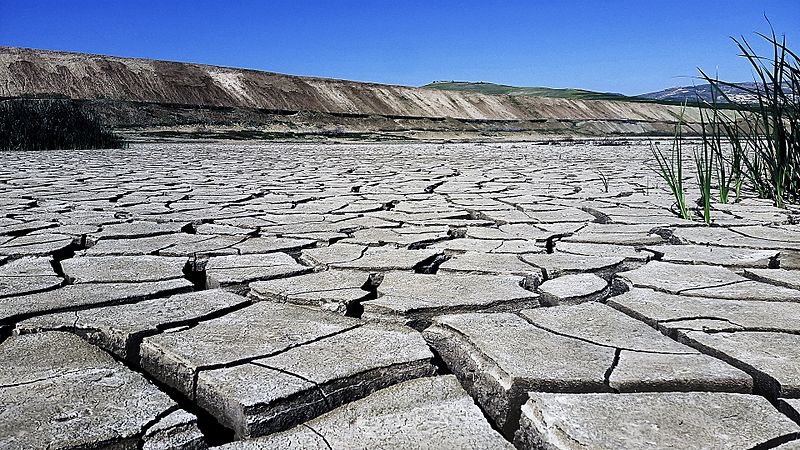Lake Urmia, Iran (CNN)The ferries that once shuttled tourists to and from the little islets in Iran’s Lake Urmia sit rusty, unable to move, on what is rapidly becoming a salt plain. Just two decades ago, Urmia was the Middle East’s biggest lake, its local economy a thriving tourist center of hotels and restaurants.
“People would come here for swimming and would use the mud for therapeutic purposes. They would stay here at least for a few days,” said Ahad Ahmed, a journalist in the former port town of Sharafkhaneh as he showed CNN photos of people enjoying the lake in 1995.
Lake Urmia’s demise has been fast. It has more than halved in size — from 5,400 square kilometers (2,085 square miles) in the 1990s to just 2,500 square kilometers (965 square miles) today — according to the Department of Environmental Protection of West Azerbaijan, one of the Iranian provinces where the lake is located. There are now concerns it will disappear entirely.
Such problems are familiar in many parts of the Middle East — where water is simply running out.
The region has witnessed persistent drought and temperatures so high that they are barely fit for human life. Add climate change to water mismanagement and overuse, and projections for the future of water here are grim.
Some Middle Eastern countries, including Iran, Iraq and Jordan, are pumping huge amounts of water from the ground for irrigation as they seek to improve their food self-sufficiency, Charles Iceland, the global director of water at the World Resources Institute (WRI), told CNN. That’s happening as they experience a decrease in rainfall.
“They’re using more water than is available routinely through rain. And so groundwater levels are consequently falling because you’re taking water out faster than it’s being replenished by the rainfall,” he said.
That’s what’s happening in Iran, where a vast network of dams sustains an agricultural sector that drinks up about 90% of the water the country uses.
“Both declining rainfall and increasing demand in these countries are causing many rivers, lakes, and wetlands to dry up,” Iceland said.
The consequences of water becoming even scarcer are dire: Areas could become uninhabitable; tensions over how to share and manage water resources like rivers and lakes could worsen; more political violence could erupt.
In Iran, Urmia has shrunk largely because so many people have exploited it, and some of the dams built in its basin mainly for irrigation have reduced the flow of water into the lake.
Iran’s water woes are already a deadly issue. In one week in July, at least three protesters were killed in clashes with security officers in demonstrations against water shortages in the country’s southwest.
The country is experiencing some of the driest conditions in five decades, according to the country’s meteorological service.
The Middle East’s winters are projected to get drier the more the world warms, and while the summers will be wetter, the heat is expected to offset its water gains, according to scientists’ latest projections published earlier this month by the UN Intergovernmental Panel for Climate Change report.
“The problem is, with this whole temperature rise, whatever rainfall will come will evaporate because it is so hot,” Mansour Almazroui, director at the Center of Excellence for Climate Change Research at Saudi Arabia’s King Abdulaziz University, told CNN.
“The other thing is, “This rain is not necessarily going to be usual rain. There’s going to be extreme rainfall, meaning that floods like those happening in China, in Germany, in Belgium, these floods will be a big problem for the Middle East. This is really a big climate change issue.”
A study by the Iranian Energy Ministry found the demise of the lake was more than 30% attributable to climate change.
These changes are not only having an impact on the amount of water available, they are also affecting quality.
Lake Urmia is hypersaline, meaning it’s very salty. As it has shrunk, the salt concentration has increased and gotten so extreme, using it for irrigation is damaging farmers’ crops.
Kiomars Poujebeli, who farms tomatoes, sunflowers, sugar beet, eggplant and walnuts near the lake, told CNN that the salty water has been disastrous.
“The day the soil will become unfarmable is not far away,” he said.
Read more: CNN




